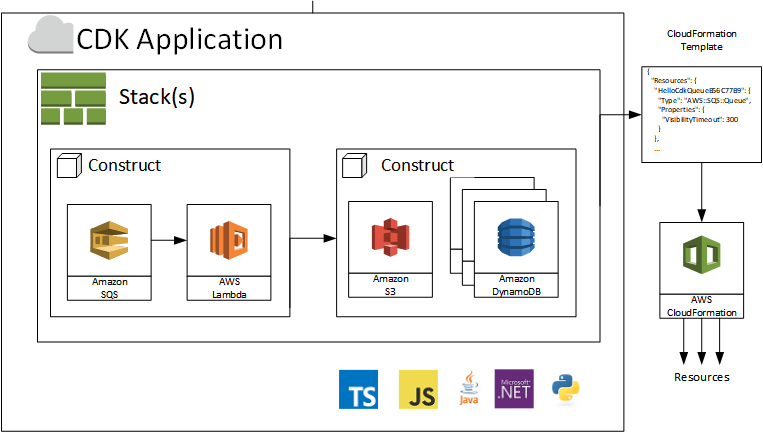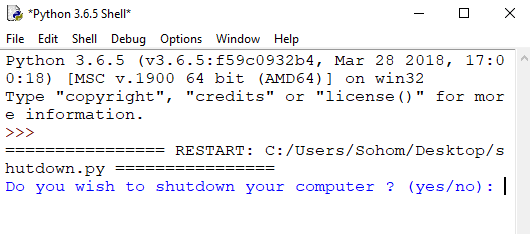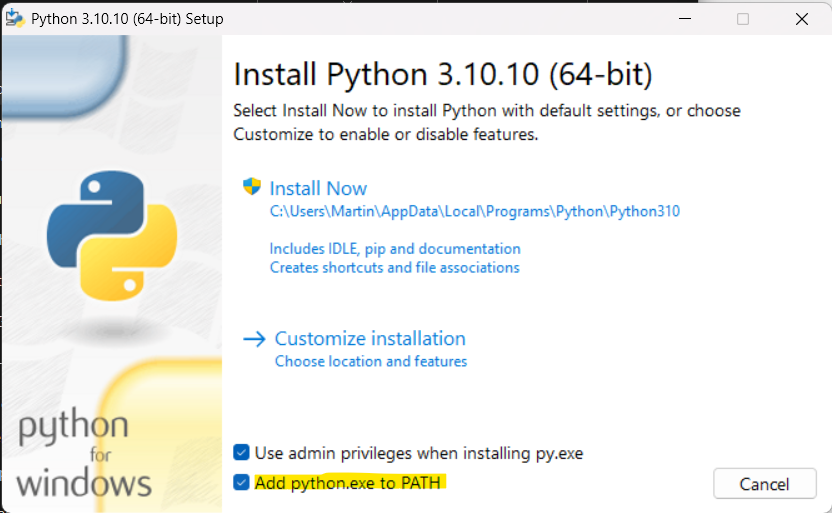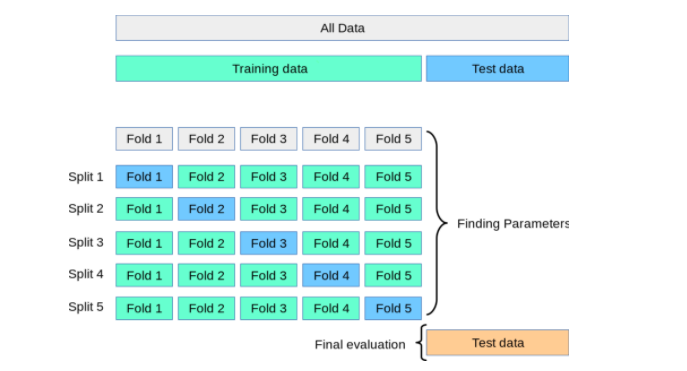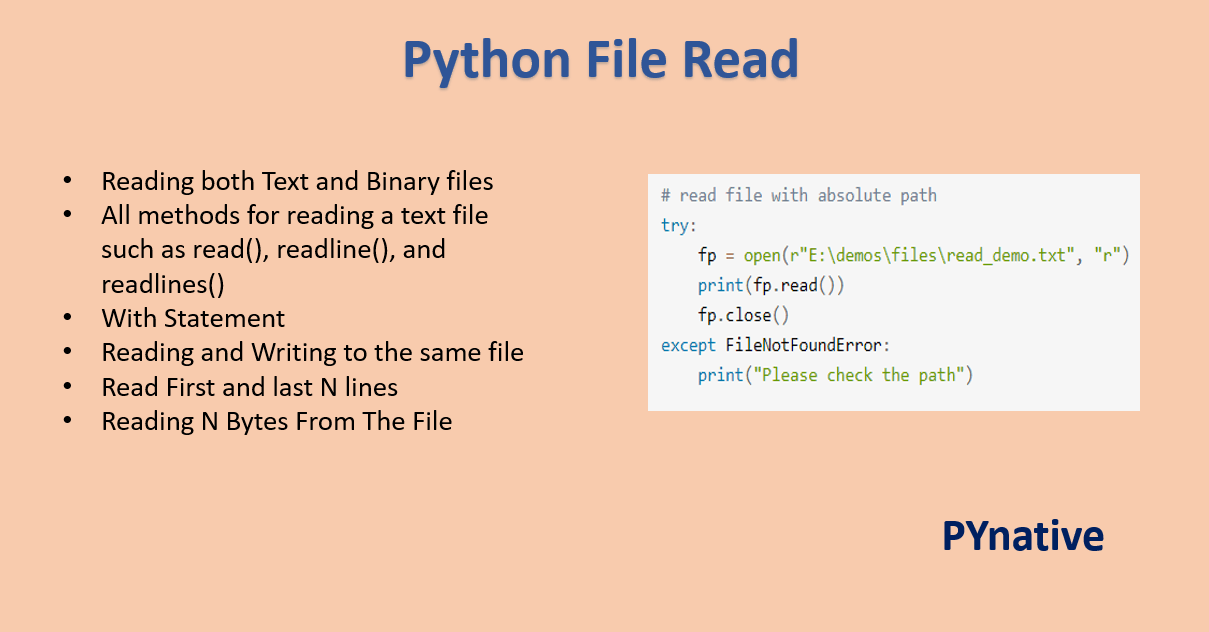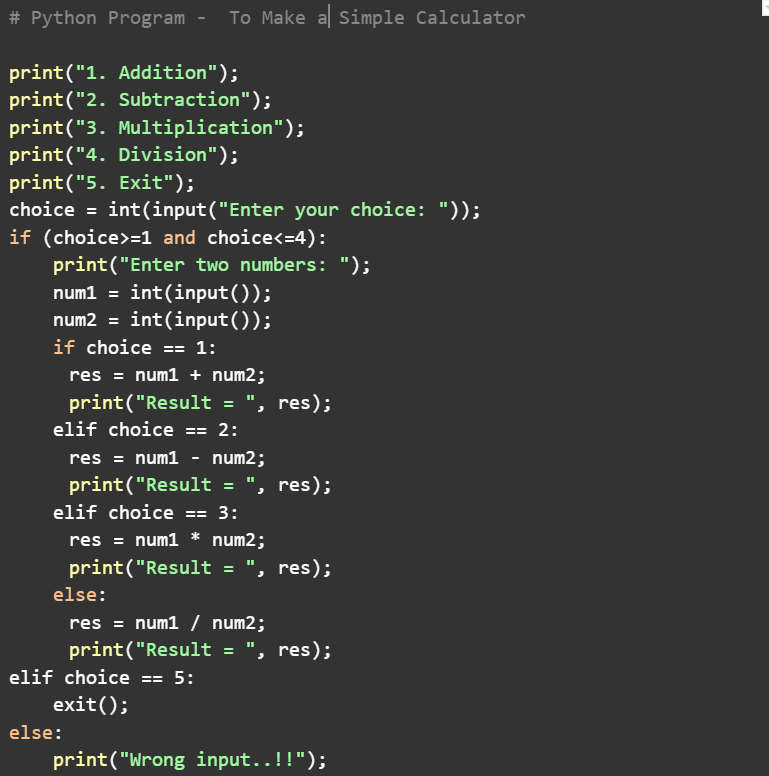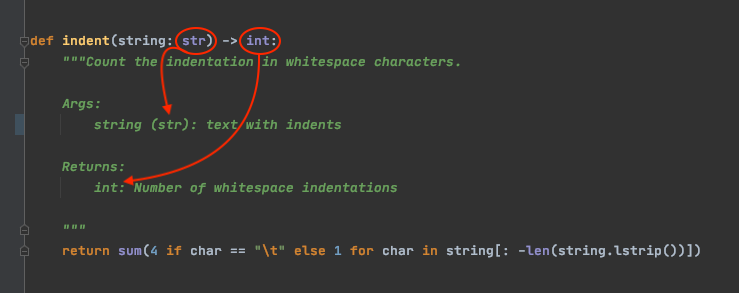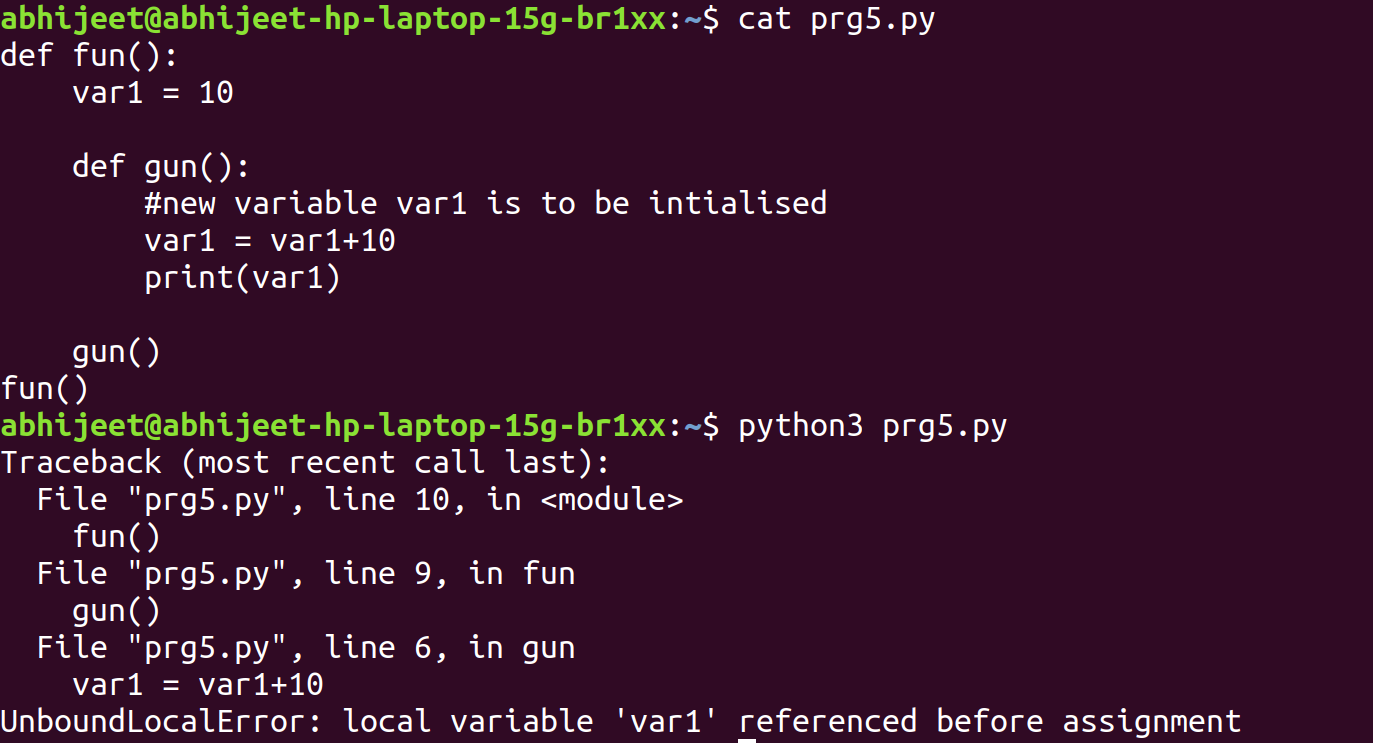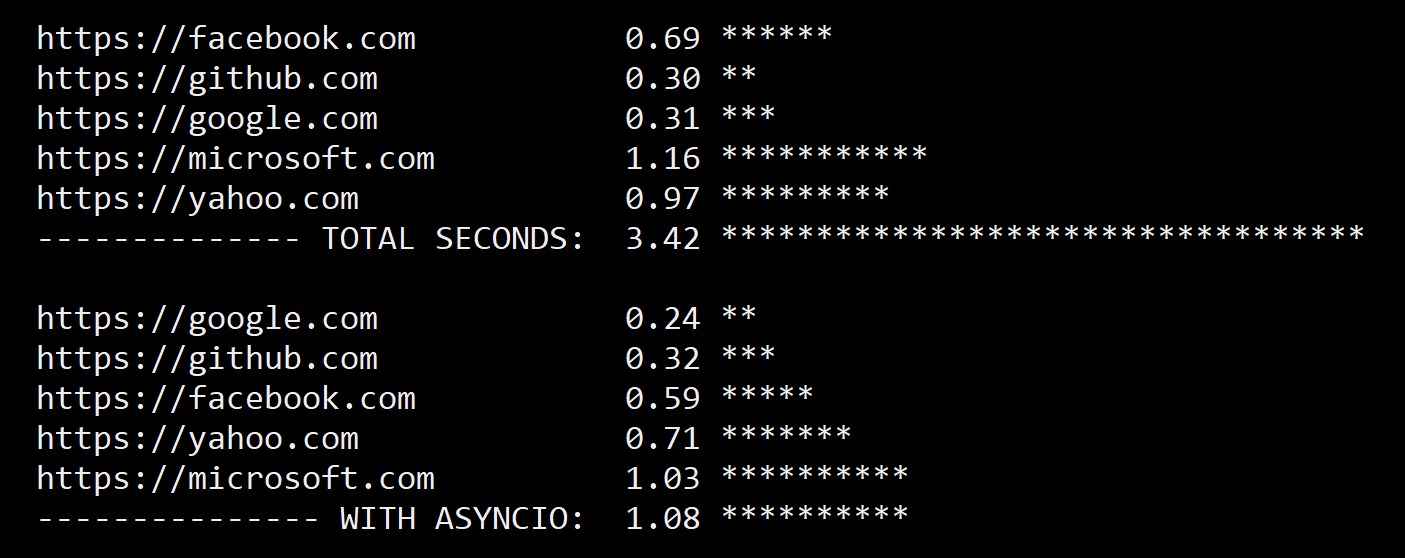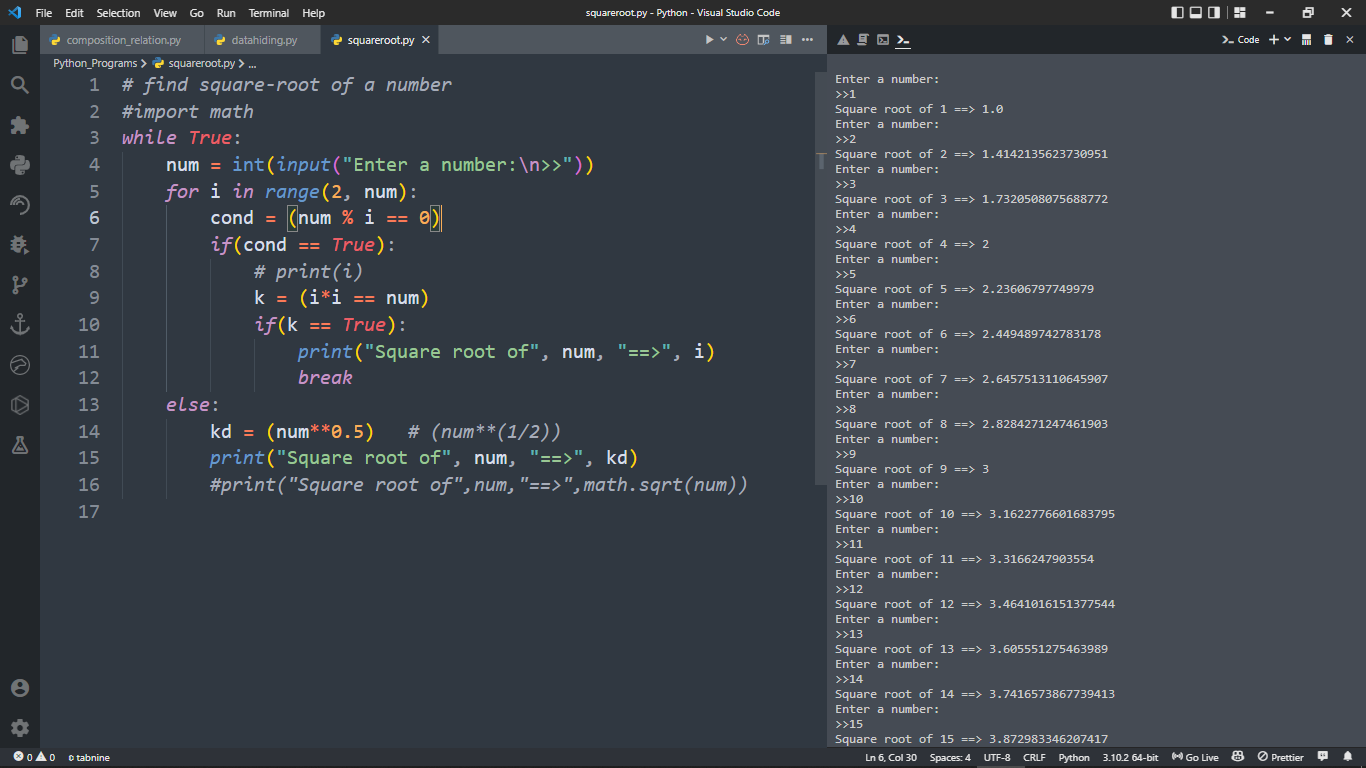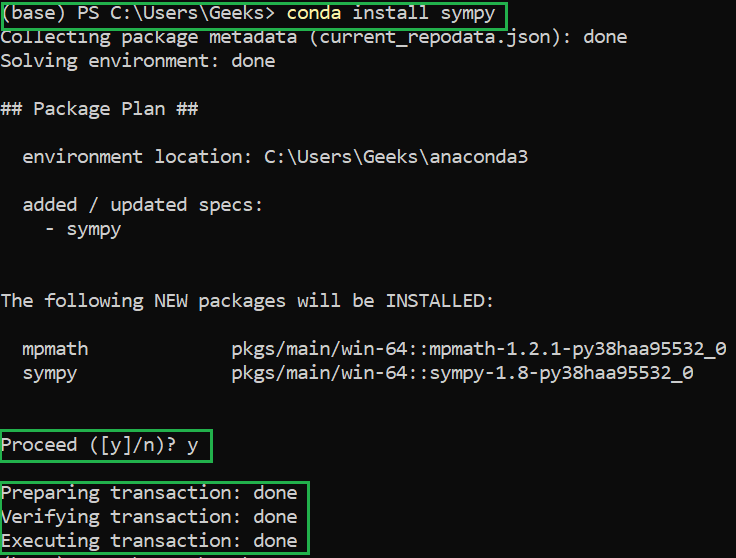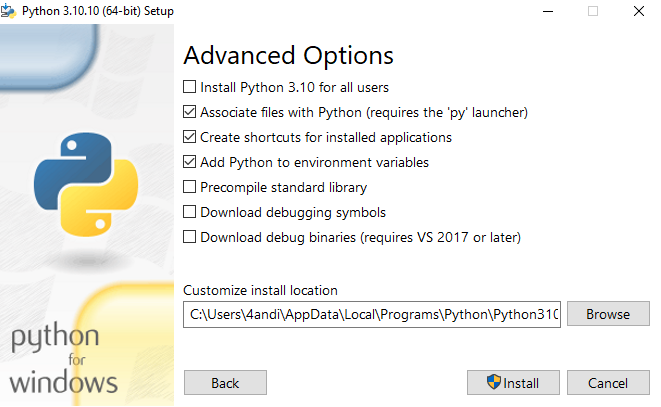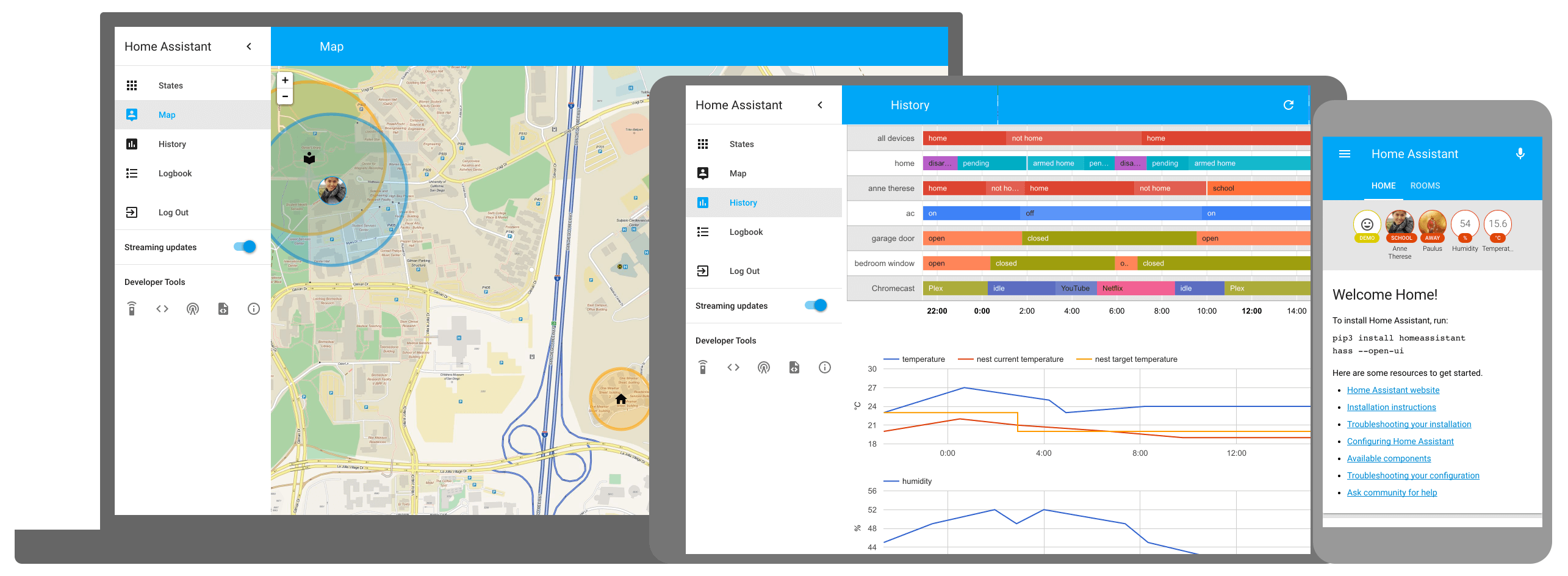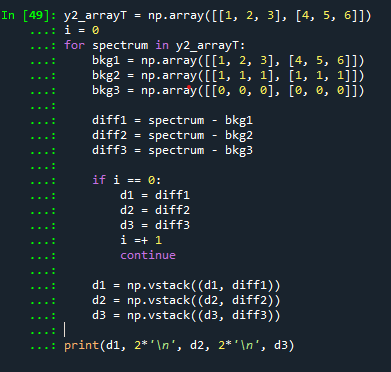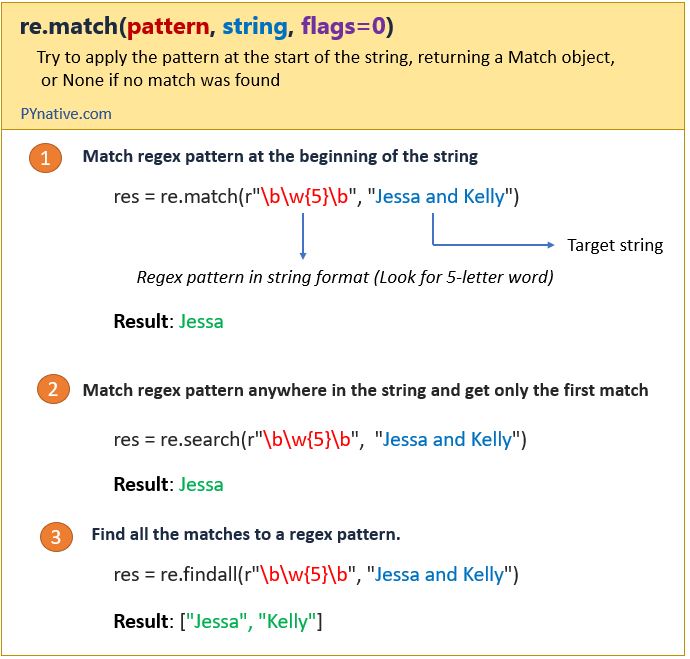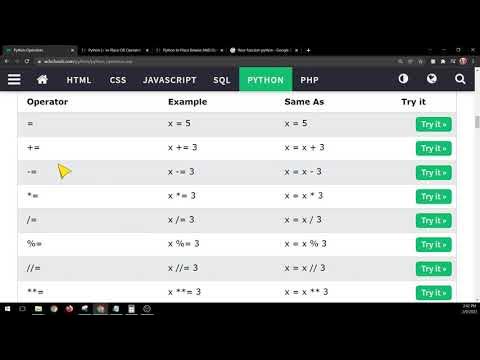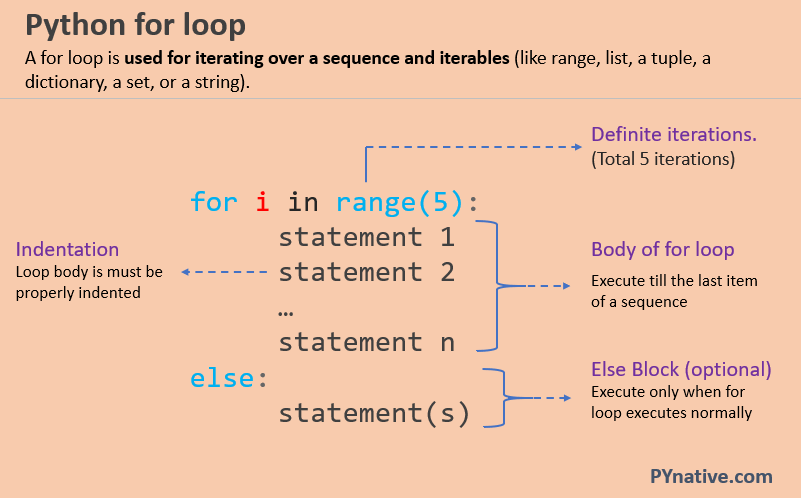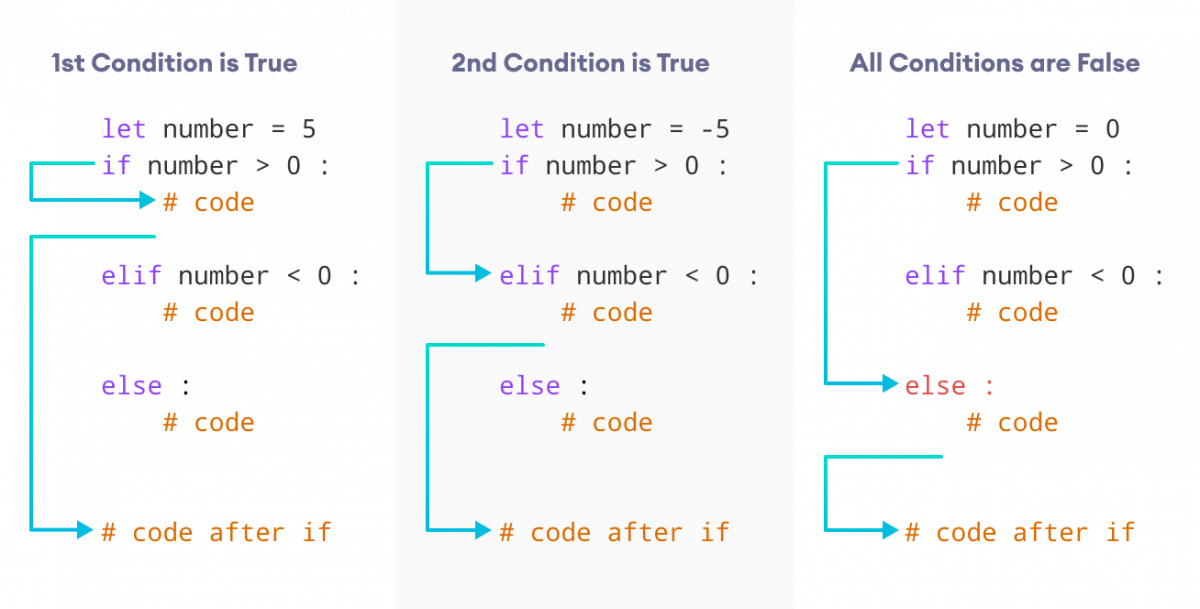Can I use XML with Python?
Can I use XML with Python?
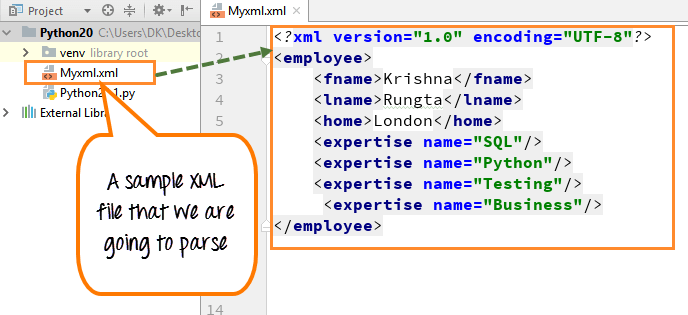
Python has built-in support for parsing and generating XML files using the xml.etree.ElementTree module. Here's an overview of how you can work with XML in Python:
Parsing XML:
You can parse an XML file into a Python object tree structure using the following steps:
Import theElementTree class from the xml.etree.ElementTree module. Load your XML file into memory as a string or a file-like object. Parse the XML data into an ElementTree object, which is a hierarchical representation of the XML document's structure.
Here's some example code to get you started:
import xml.etree.ElementTree as ET Load XML file from stringxml_string = """
John
30
Jane
25
"""
Parse XML string into an ElementTree objectroot = ET.fromstring(xml_string)
Print the contents of each person nodefor person in root.findall('.//person'):
print(f"Name: {person.find('name').text}, Age: {person.find('age').text}")
Generating XML:
You can generate an XML file from a Python object tree structure using the following steps:
Import theElementTree class from the xml.etree.ElementTree module. Create a root element and its child elements to represent your data. Convert the ElementTree object into a string representation of your XML data.
Here's some example code to get you started:
import xml.etree.ElementTree as ET Create an ElementTree object for the root noderoot = ET.Element('root')
Add child elements to represent person nodesperson1 = ET.SubElement(root, 'person')
person1.find('name').text = 'John'
person1.find('age').text = '30'
person2 = ET.SubElement(root, 'person')
person2.find('name').text = 'Jane'
person2.find('age').text = '25'
Convert the ElementTree object into an XML stringxml_string = ET.tostring(root, encoding='unicode')
print(xml_string)
Additional Tips:
When working with complex XML structures or large files, it's often more efficient to use a streaming parser likexml.etree.ElementTree.iterparse() instead of loading the entire file into memory. If you need to validate your XML against a specific schema (e.g., DTD, XSD), consider using an external library like lxml or xmlschema. Python's built-in XML support is generally suitable for small- to medium-sized projects. For larger projects or more advanced XML processing needs, consider using a dedicated XML library like lxml.
Overall, Python provides a solid foundation for working with XML files, and the xml.etree.ElementTree module offers a convenient way to parse and generate XML data.
How to parse XML file in Python?
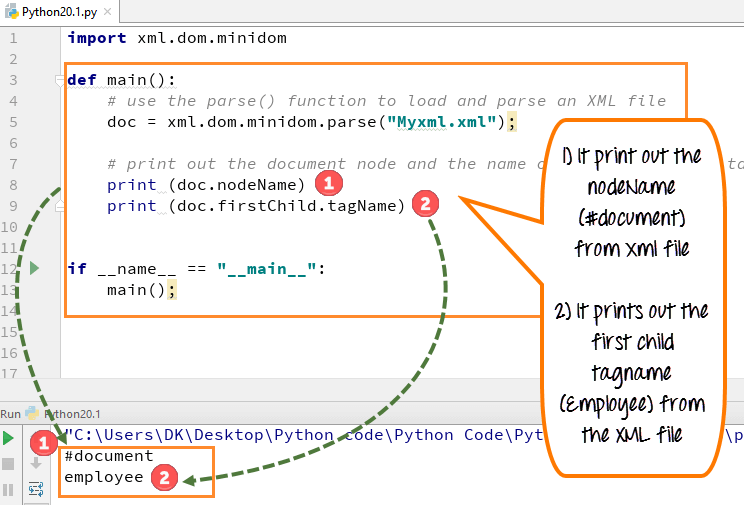
Parsing an XML (Extensible Markup Language) file in Python can be achieved using various libraries and tools. Here, we'll explore the popular xml.etree.ElementTree library that comes bundled with Python's standard library.

Why Parse XML files?
XML files are used to store and transport data between systems. They contain structured data in the form of elements, attributes, and text. Parsing an XML file involves reading and processing this data in a programming language like Python. This is useful when you need to:
Extract specific data from the XML file. Transform or convert the XML data into another format. Validate the structure and content of the XML file.Parsing XML files with xml.etree.ElementTree
The xml.etree.ElementTree library provides an easy-to-use API for parsing XML files. Here's a step-by-step guide:
Open the XML file: Use theimport xml.etree.ElementTree as ET
ET.parse() function to open and parse the XML file:
xml_file = 'example.xml' # Replace with your XML file nameroot_element = ET.parse(xml_file).getroot()
The parse() function returns an ElementTree object, which is then used to get the root element of the XML file using the getroot() method.
find() or findall() methods to traverse the XML elements:
# Find all elementspersons = root_element.findall('.//person')
Iterate over the persons and extract datafor person in persons:
name = person.find('.//name').text
age = person.find('.//age').text
print(f"Name: {name}, Age: {age}")
In this example, we find all <person> elements using the findall() method. Then, we iterate over each person and extract their name and age by finding and accessing the corresponding child elements.
text attribute to extract text values from XML elements:
# Find the element and extract its value </p>title = root_element.find('.//title').text
print(f"Title: {title}")
In this example, we find the <title> element and extract its text value using the text attribute.
Additional Tips
You can use XSLT (Extensible Stylesheet Language Transformations) to transform or convert XML data into another format. Thexml.etree.ElementTree library also provides methods for creating new XML elements, attributes, and texts. Check out the official documentation for more information. Python's standard library includes other XML-related libraries like xml.dom.minidom and xml.sax. These libraries provide more advanced features for parsing and manipulating XML files.
In conclusion, parsing an XML file in Python using xml.etree.ElementTree is a straightforward process. By understanding the basic concepts of XML files and the API provided by this library, you can efficiently extract specific data or transform XML files to suit your needs.

